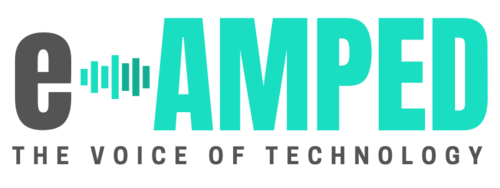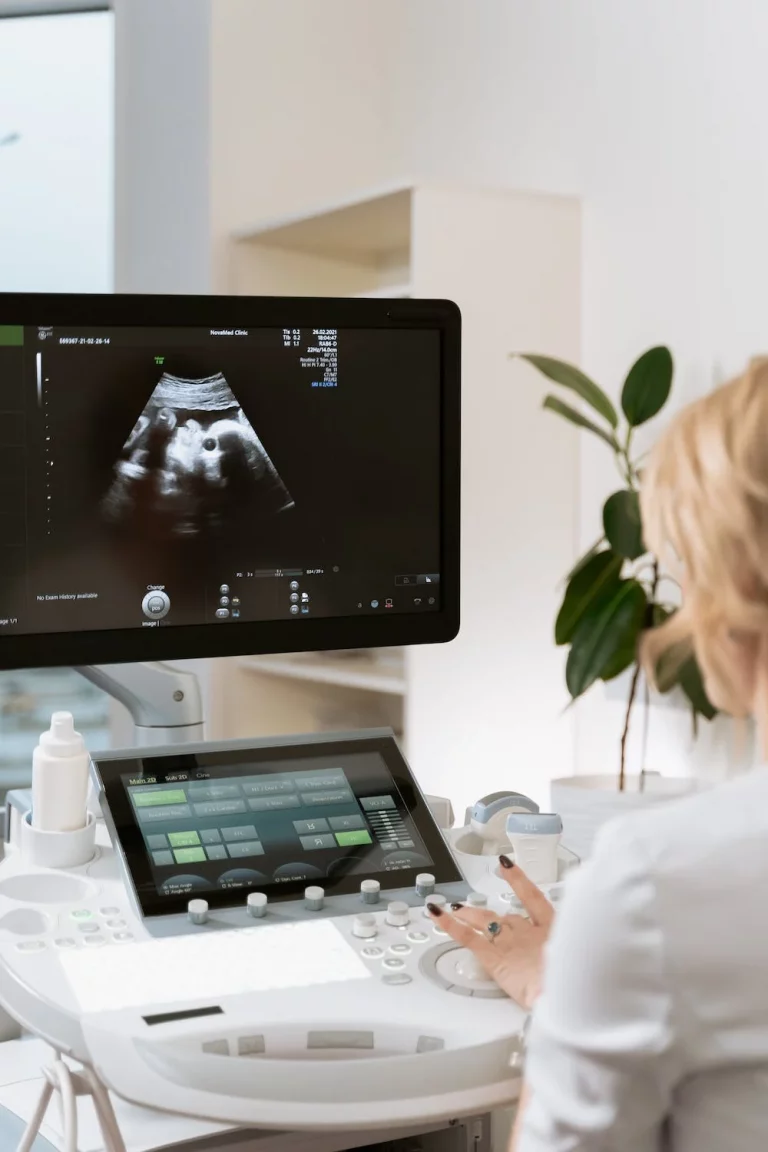The Internet of Things (IoT) may seem like a relatively new concept in manufacturing, but it is already making huge waves in the industry. As the world enters the fourth industrial revolution (colloquially known as industry 4.0) there are plenty of new functions to ensure the standards of manufacturing are maintained. Yet with new technology, there are a lot of additional logistics that must be considered.
Fuel consumption, training for technicians, fleet management, schedules—the consequences of industry 4.0 itself encapsulated in the growth of the Internet of Things, are many and wide-ranging. Here are a few ways that the Internet of Things is changing manufacturing.
What is the IoT?
If you’re wondering what the Internet of Things or IoT is, and how it differs from the usual World Wide Web, then think of it as a connection between appliances and machines and their connection to the internet. This will include obvious devices like mobile phones, tablets, and laptops but can also define the likes of heavy objects like cars with onboard digital technology, or even planes. The IoT is the basis of geotab technology, which is used to mark a vehicle location in fleet tracking.
Fleet Operations
One of the biggest beneficiaries of the IoT is Fleet Management. This is an important part of the manufacturing process as it takes care of how supplies reach the plants and factories, as well as how the finished product gets to its intended audience. For example, fleet tracking software uses geotab technology and supply chain management through the Internet of Things in order to keep a watchful eye over their fleet. This will help them maintain critical fleet tracking to ensure timely deliveries, as well as driver safety.
Should problems arise in transit, the fleet management software will alert the fleet tracking operatives to any unusual driver behavior—such as fatigue causing erratic driving or a course deviation. Though on face value, having fleet management software may seem to be about maintaining stock and vehicles, its try purpose is real-time protection of the drivers—without whom, manufactured products have nowhere to go.
Floor Operations
Though they may seem like they come from a sci-fi novel, powered exoskeletons have actually been used in industry for a significant amount of time—as early as the 1960s, as a result of a joint venture between General Electric and the Armed Forces of the United States.
Today, it’s not uncommon to see an active exoskeleton lifting heavy objects as part of the production. Designed to decrease fatigue and help workers to avoid potential effects of muscle damage, most industrial exoskeletons are attached via a harness and make light work of a repetitive lifting task. These technological wonders are also being adapted to include the IoT into their design in a bid to help spread the workload across a larger area and keep the users safe through analytics.
Non-traditional Manufacturing
When we think of manufacturing, we often consider it to be a largely robot-based industry, filled with machines and menial tasks that produce a myriad of products. Conversely, the IoT conjures up an image of a new age of ideas in a digital plateau. As demonstrated, it is already part of the traditional manufacturing industry, but did you know that the Internet of Things is helping in healthcare as well? Through gathering information from a wide variety of sources and analyzing it quickly, industries within healthcare that deal with manufacturing (i.e. pharmaceuticals and surgical instruments) are able to produce more specific and useful support.
In addition, the IoT keeps the food and beverage industry as efficient too, as these are often more delicate goods. From transport to heavy lifting, like the typical World Wide Web, the Internet of Things is involved in manufacturing at almost every level.






